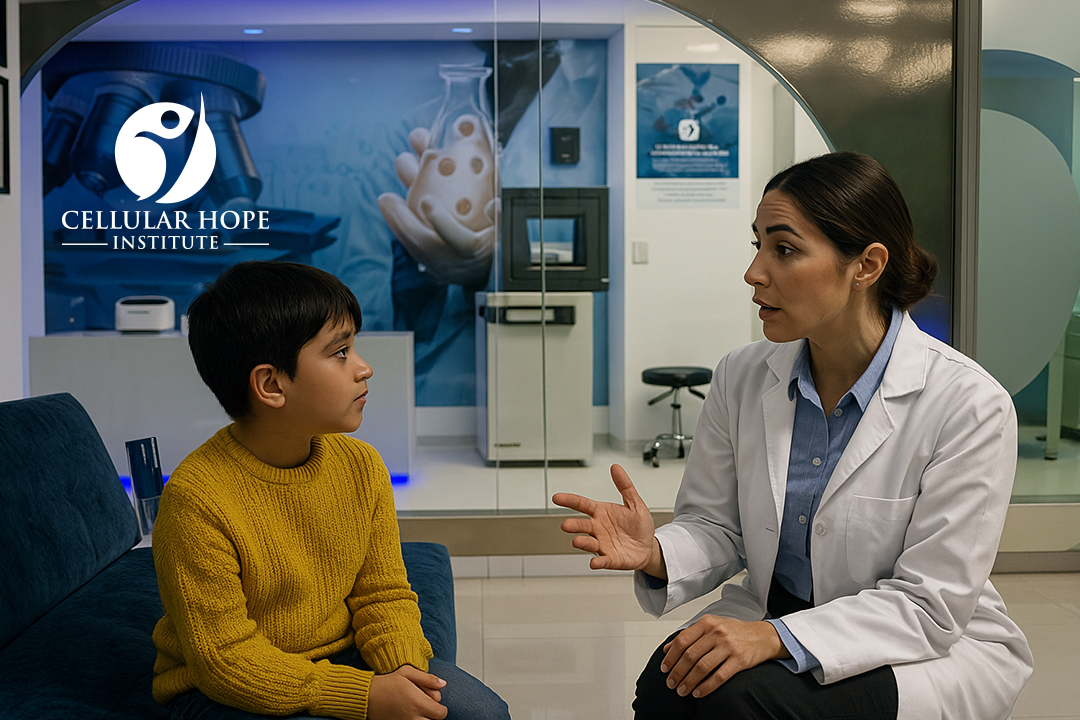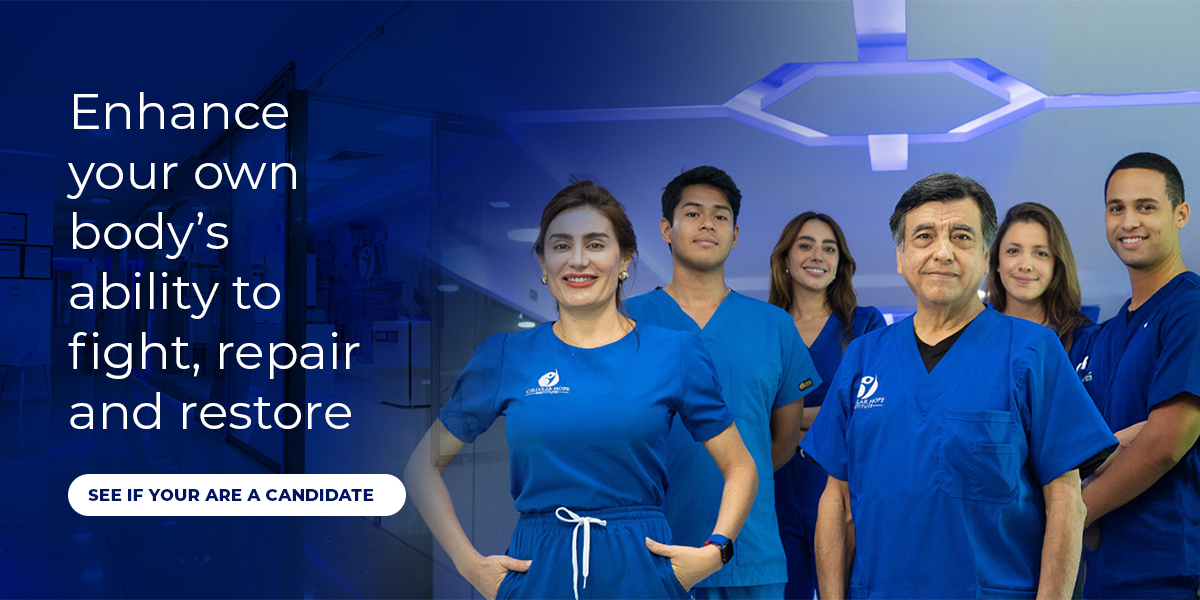Listen to the article in audio format
Are there any risks associated with stem cell treatments for autism? In this article, we will discuss everything you need to know.
Over the past decade, stem cell therapy has emerged as a promising potential treatment for individuals with autism. According to an article published by the National Library of Medicine, it has shown to be safe and effective in multiple different studies.
For example, a 2022 meta-analysis reviewing five clinical trials involving 325 children with autism found that stem cell therapy showed a significant improvement in autism symptoms based on the Childhood Autism Rating Scale (CARS).
The stem cell group had CARS scores that were on average 5.96 points lower than the control group (95% CI: −8.87 to −3.06; p < 0.0001), suggesting meaningful symptom reduction.
Despite the studies, you might still be wondering: are there any risks of stem cell treatment for autism, and what are they? In this article, we will tell you everything you need to know.
What Are The Risks of Stem Cell Treatments For Autism?
Just like any type of medical treatment, there are always some potential risks involved in stem cell therapy – however, most of them are extremely rare, meaning they only happen in less than 1% of reported cases.
Let’s take a better look at the risks of stem cell treatment for autism:
| Risks | Likelihood (based on current studies) | Notes |
| Mild side effects | Common (~10–30%) | Reported in several studies; usually mild and self-limiting. |
| Serious infections | Rare (<1%) | No serious infections were reported in the reviewed trials, but any injection, especially spinal, carries inherent risk. |
| Immune reactions | Very Rare (~0–1%) | No significant immune rejection observed in trials using umbilical cord blood cells. |
| Uncontrolled cell growth | Extremely Rare (theoretical) | No cases reported in autism studies so far, but risk exists in stem cell treatments for other diseases. |
| Blood clots/embolism | Very Rare (<1%) | No incidents reported in autism studies, but theoretical risk after intravenous infusion. |
| Neurological worsening | Very Rare (<1%) | No new severe neurological symptoms were noted during follow-ups in the analyzed studies. |
Mild Side Effects: 10% to 30%
The most common occurrence after stem cell therapy are mild side effects, which are completely normal – after all, the body is adjusting to the introduction of new cells, and a small immune or inflammatory response is expected.
These mild symptoms can include low-grade fever, headache, fatigue, nausea, or localized pain such as lower back discomfort if the stem cells are injected intrathecally (into the spinal canal).
In most cases, these side effects are short-lived, resolving within a few hours to a few days without the need for any special medical treatment.
They are not exactly risks of stem cell treatment for autism, as they are generally mild, predictable, and part of the body’s normal adjustment process – similar to the minor side effects people sometimes experience after routine medical procedures or vaccinations.
Serious Infections: <1%
Speaking about the risks of stem cell treatment for autism, in a very rare scenario – less than 1% of the cases – you may experience a serious infection. In fact, it’s worth mentioning that no serious infections have been reported in clinical studies.
The likelihood is calculated based on the fact that any procedure involving injections, particularly intrathecal injections (which deliver cells directly into the spinal canal), carries an inherent risk of infection.
Theoretically, the infection may happen if the procedure is not performed under strict sterile conditions, if there is contamination of the stem cell preparation, or if the patient has an underlying condition that compromises their immune system.
That’s why our team at Cellular Hope Institute is extremely meticulous in adhering to the highest standards of medical safety.
All procedures are conducted in sterile, hospital-grade environments by trained specialists, and every batch of stem cells undergoes rigorous quality control testing to ensure purity and safety.
In addition, patient screening is also a key part of our process, helping us identify any preexisting conditions that might increase the risk of complications. Your safety is our top priority, and we are committed to minimizing all possible risks of stem cell treatment for autism.
Immune Reactions: 0–1%
While it’s true that no significant immune rejection has been observed in trials using umbilical cord blood cells, it is still one of the possible risks of stem cell treatment for autism.
It can happen when your immune system recognizes the introduced stem cells as foreign, and mounts a response against them.
Although umbilical cord blood cells are generally well-tolerated due to their immature immune profile, there is still a small possibility of immune sensitization, especially if the cells are not a perfect match or if you have preexisting immune sensitivities.
This is why we carefully monitor all patients for signs of immune reaction and ensure that stem cell sources meet the highest compatibility and safety standards.
Uncontrolled Cell Growth: Theoretical
When it comes to risks of stem cell treatment for autism, there is the theoretical possibility of uncontrolled cell growth, although no such case has been reported yet.
This means that, in theory, the introduced stem cells could divide or behave unpredictably once inside the body, potentially leading to abnormal tissue formation or even tumor development.
However, it’s important to note that the types of stem cells typically used in autism treatment – such as mesenchymal stem cells or umbilical cord blood cells – have a very low risk of tumorigenicity, especially when properly processed and administered.
To further reduce this theoretical risk, our protocols for autism and other stem cell treatments at Cellular Hope Institute include using only thoroughly screened and well-characterized cells, along with close post-treatment monitoring to ensure patient safety.
Blood Clots or Embolism: Less Than 1%
Among the very rare risks of stem cell treatment for autism, another one in which no incidents have been reported yet, are blood clots or embolism.
In theory, after intravenous infusion, stem cells could potentially aggregate or interact with components of the blood in a way that promotes clot formation.
This could lead to a blockage in a blood vessel, known as an embolism, which in rare cases might affect circulation to vital organs. However, this risk remains purely theoretical in the context of autism treatment, as no such cases have been reported in clinical studies.
To minimize even this unlikely risk, our team at Cellular Hope Institute uses carefully prepared cell suspensions, administers them at controlled rates, and closely monitors patients during and after infusion for any signs of circulatory complications.
Neurological Worsening: Less Than 1%
Speaking of the possible risks of stem cell treatment for autism, there is the unlikelihood of neurological worsening, although none has been reported during analyzed studies.
This theoretical concern stems from the fact that introducing cells into the central nervous system – especially through intrathecal injections – could, in rare cases, trigger inflammation, increased intracranial pressure, or other unintended effects that might temporarily affect neurological function.
What Are The Benefits of Stem Cell Treatments For Autism?
Now that we know the risks of stem cell treatment for autism – and we can conclude that they are very rare, if not only theoretical – it’s worth talking about the benefits of stem cell therapy for autistic individuals, which are immense.
Some of them include:
- Anti-Inflammatory Effects – By secreting anti-inflammatory cytokines like IL-10 and TGF-β, stem cells help suppress inflammation and restore immune balance.
- Improved Communication Skills – 3 out of 4 children have impaired communication skills; stem cells work on a deeper level to support the brain’s natural ability to heal and function effectively.
- Better Social Interaction – Stem cell therapy has been associated with enhanced ability to engage with others, including increased eye contact, responsiveness to social cues, and participation in group activities.
- Enhanced Focus & Attention – Stem cell treatments for autism help enhance focus by regulating brain chemistry through immune modulation and inflammatory signals. They also reduce oxidative stress.
- Less Frequent Repetitive Behaviors – Notable autism symptoms include obsessive or repetitive behaviors, which can be improved by stabilizing the neural circuits in the brain through stem cell therapy.
Which Is The Best Stem Cell Clinic for Stem Cell Therapy For Autism?
The best stem cell clinic for autism stem cell therapy is Cellular Hope Institute, located in Cancun, México. We are known for our innovative facilities, advanced regenerative therapies, and a team of highly experienced physicians.
If you are looking to improve your symptoms while significantly improving your quality of life, look no further than Cellular Hope Institute. We will accompany you at every step of the process – from picking you up at the airport to ensuring top-notch post-treatment care.
Are you ready to get started? Schedule a consultation today.
FAQ
Can stem cell therapy for autism cause infections?
Stem cell therapy for autism carries a very low risk of infection, especially when performed in a sterile medical environment. The risk is mainly theoretical and associated with procedures involving injections, such as intrathecal delivery.
No serious infections have been reported in clinical studies, and strict protocols help minimize this rare possibility.
Is there a risk of the body rejecting the stem cells?
The risk of the body rejecting stem cells used in autism therapy is extremely low, especially when using umbilical cord blood or mesenchymal stem cells, which are generally well-tolerated.
These cells have low immunogenicity, meaning they are less likely to trigger an immune response. No significant cases of rejection have been reported in clinical studies to date.
Can stem cell therapy worsen autism symptoms?
There is no evidence that stem cell therapy worsens autism symptoms. In clinical studies and reported cases, no neurological deterioration has been observed. While the theoretical risk of adverse neurological effects exists, it remains unproven.
Careful screening and monitoring help ensure patient safety and minimize even unlikely risks.
Is there a risk of transmitting diseases through donor stem cells?
Donor stem cells are thoroughly screened and processed to eliminate the risk of disease transmission. Reputable medical facilities follow strict protocols, including testing for infectious diseases and sterilization procedures.
As a result, the risk of transmitting diseases through donor stem cells is extremely low to virtually nonexistent.
Are the risks different for children versus adults?
The risks of stem cell therapy are generally similar for children and adults, though children may be more closely monitored due to their developing bodies. Most studies focus on pediatric cases, and no significant differences in risk have been observed.
As always, treatment should be tailored to the individual, with careful consideration of age and health status.


